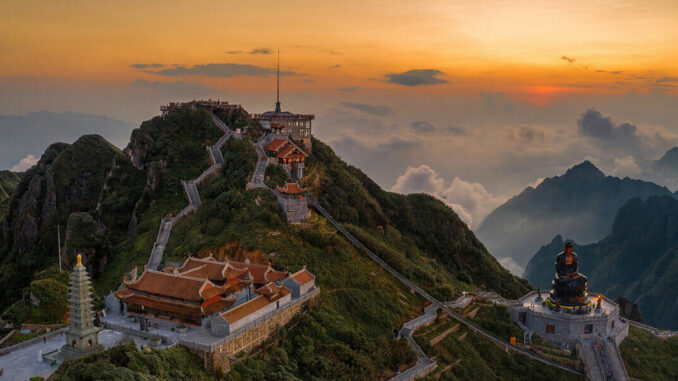
Nestled in the lush landscapes of Northern Vietnam, Lao Cai Province beckons travelers with its rich tapestry of cultural diversity, breathtaking scenery, and vibrant traditions. In this blog post, we’ll embark on a virtual journey to discover the wonders of Lao Cai, delving into its location, transportation, weather, top destinations to visit, and accommodation options.
Location
Lao Cai Province is strategically located in the northwest region of Vietnam, sharing its borders with China. This positioning makes it a gateway to the stunning landscapes of the northwest, including the Hoang Lien Son mountain range and the terraced rice fields of Sapa.
Transportation
The best way to get to Lao Cai is by bus from Hanoi. The journey takes about 6 hours. There are also regular buses from other major cities in Vietnam, such as Sapa, Ha Giang, and Cao Bang.
Once in Lao Cai, you can get around by bus, taxi, or motorbike. There are also a number of tour operators that offer day trips and overnight tours of the province.
Weather
Lao Cai experiences a range of climates due to its varied topography. Summers are warm, with occasional rainfall, while winters can be cool and misty. The best time to visit is during the spring and autumn months when the weather is mild, and the landscapes are adorned with vibrant colors.
The average temperatures range from 20 to 25 degrees Celsius. The best time to visit is during the dry season, from October to April.
Top destinations to explore
1. Đỉnh Phan-xi-păng (Fansipan Peak)
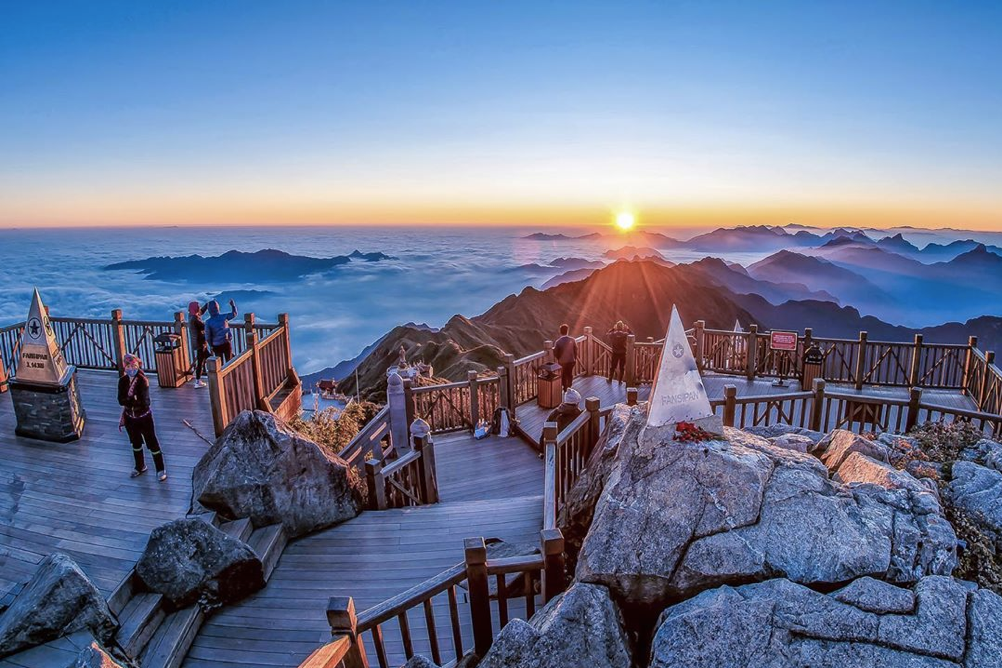
As the “roof of Indochina,” Fansipan is situated in the heart of the Hoang Lien Son mountain range and is a popular tourist destination. You will have the chance to learn about the flora, animals, and other fascinating aspects of the Hoang Lien Son range as you ascend the mountain.
As you ascend, the landscapes transform, offering panoramic views of the Hoang Lien Son mountain range, terraced fields, and dense forests. The beauty of the journey lies not only in reaching the summit but in the ever-changing vistas that unfold along the way.
2. Nhà thờ đá Sapa (Sapa Ancient Church)
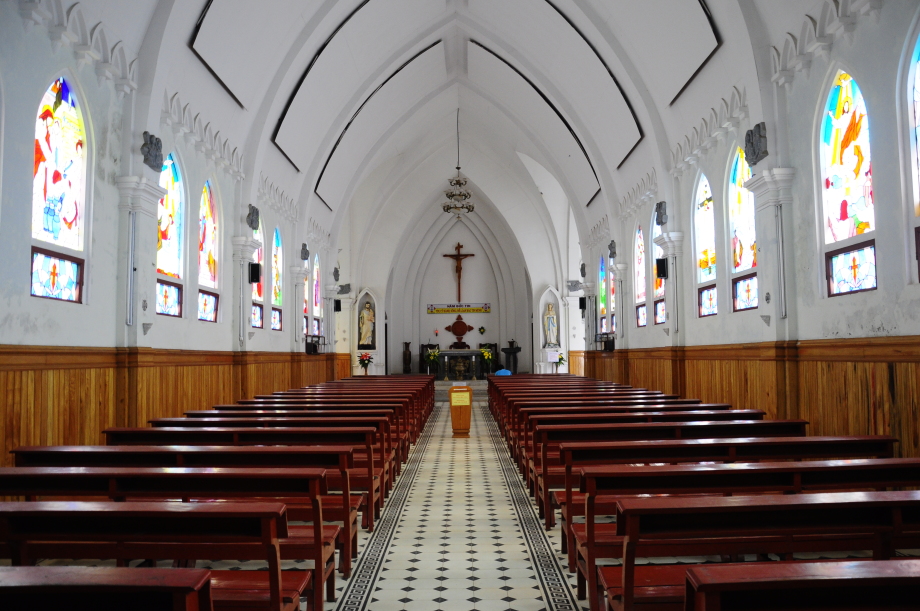
The former church was constructed in 1895 using French-built, historic architecture. With the Ham Rong Mountain range behind it and a huge area of flat terrain in front, the church is in a prime location. Additionally, this is where a lot of the colorful mountain town festival events are held.
3. Bản Cát Cát (Cat Cat Village)
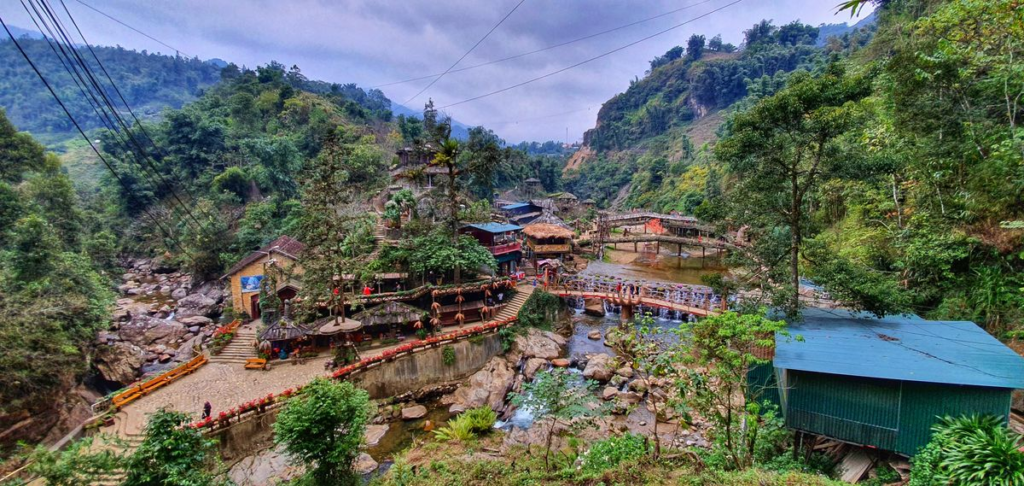
What sets Ban Cat Cat apart is its vibrant Hmong community. The village is home to the Black Hmong people, one of the ethnic minority groups that have inhabited the Sapa region for generations. As you stroll through the village, you’ll witness daily life unfolding against a backdrop of traditional customs and colorful attire.
Ban Cat Cat is renowned for its skilled artisans who practice traditional handicrafts passed down through generations. Visitors have the opportunity to witness the intricate process of indigo dyeing and batik, creating beautifully crafted textiles that showcase the Hmong people’s craftsmanship.
4. Đèo Ô Quy Hồ (O Quy Ho Pass)
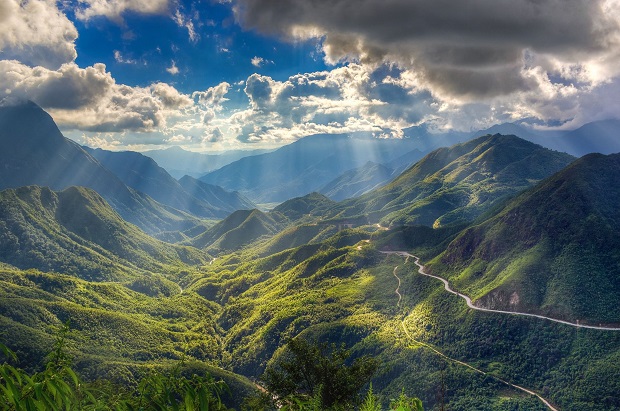
The journey along O Quy Ho is an exhilarating experience, characterized by its winding roads and steep ascents. As you ascend, the pass unveils stunning vistas of lush valleys, terraced rice fields, and distant mountain peaks, making every turn a visual delight for the adventurous traveler.
Food
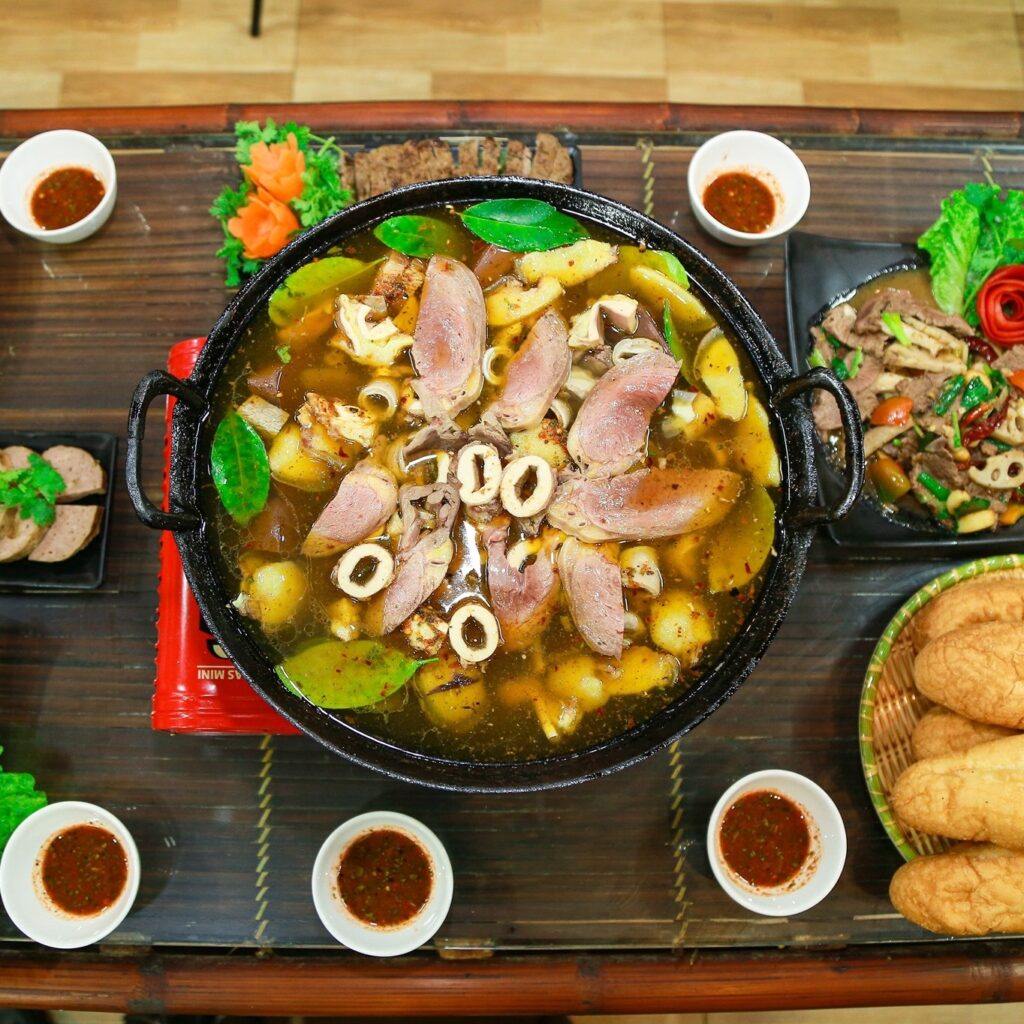
Thắng Cố (Thang Co): The H’Mong people traditionally eat stewed horse meat and horse organs, which are frequently sold during Sapa fairs. According to lore, stewed horse meat and horse innards are best enjoyed alongside Sapa mustard greens (Cai Meo) and a Muong Khuong chili sauce dip.
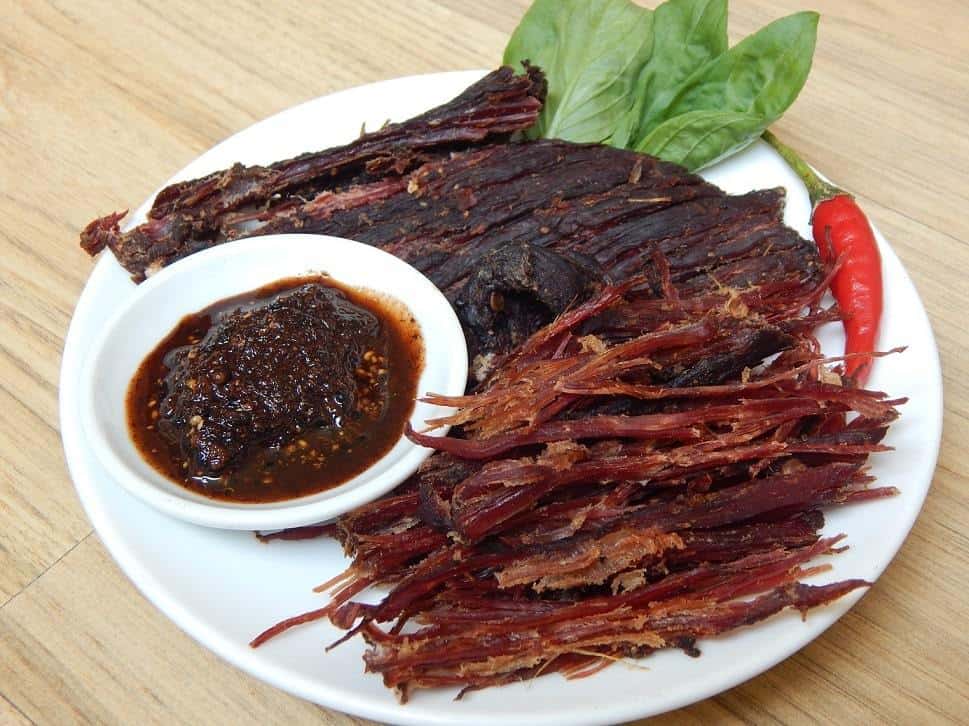
Thịt trâu gác bếp (Buffalo Meat Upstairs Kitchen): Black Thai people have created this dish in order to save buffalo meat for days when it will rain or flood and to bring it to the jungle in a few days. Buffalo meat is pink and tender on the inside but black and hard on the surface. The most common method of consuming buffalo meat is to shred it, dip it in salt that has been spiced up with lemon pepper, and drink aromatic Sapa wine made from Táo mèo (Docynia indica).
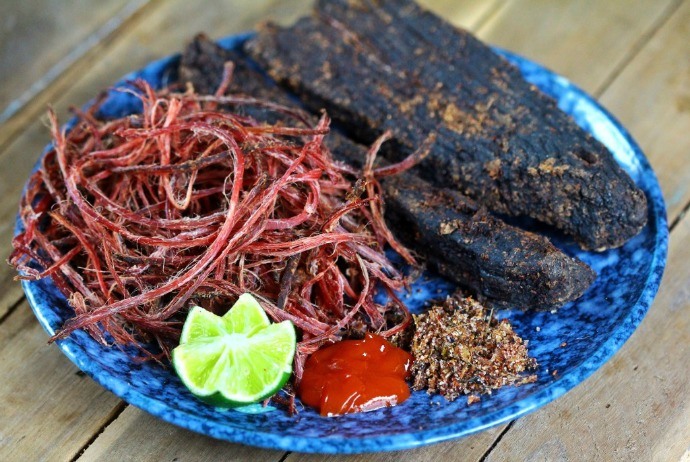
Thịt sấy Khăng Gai (Khang Gai Dried Meat): To keep meat for up to three years, H’Mong people typically cut it into pieces and hang it upstairs in the kitchen. Khang Gai Dried Meat is a sweet-tasty, crispy, and meaty type of meat. When eating, it is washed and prepared with veggies like tomato, bamboo shoot, etc. With wine, Khang Gai Dried Meat dishes go well.
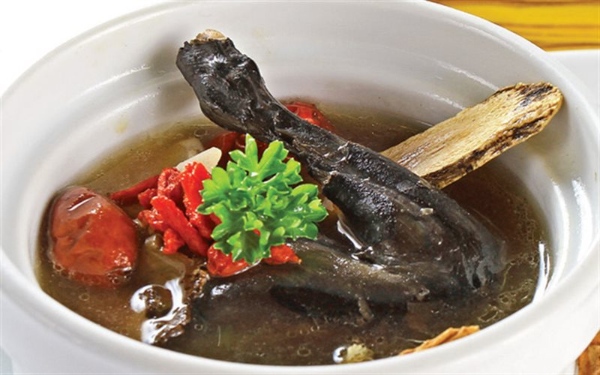
Gà Đen (Black Chicken): Due to its black and crunchy skin, soft, firm, and crunchy flesh, and distinctive smell, silkie, also known as black chicken, is one of Sapa’s most popular specialty meals. It may be used to make a huge variety of incredible recipes, including stir-fries, boils, steams, and more. Grilled black chicken with honey is the greatest dish made using black chicken in Sapa.
Accommodation
– Muong Thanh Grand Lao Cai Hotel: This 4-star hotel is located in the heart of Lai Cai city.
– Aristo International Hotel: This 4-star hotel located near Lao Cai Railway Station.
– Moonlight Hotel Sa Pa: This 3-star hotel is located in Sa Pa Town, a popular tourist destination in Lao Cai Province.
Lao Cai is a beautiful and diverse province with something to offer everyone. Whether you are interested in exploring stunning natural scenery, learning about traditional culture, or simply relaxing and enjoying the good life, Lao Cai is the perfect place for you. If you plan to visit this beautiful place, don’t forget to apply for a Visa. With the easy and fast Visa procedures, you can travel to Vietnam at any time!